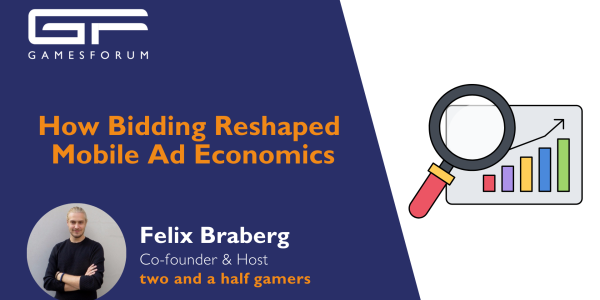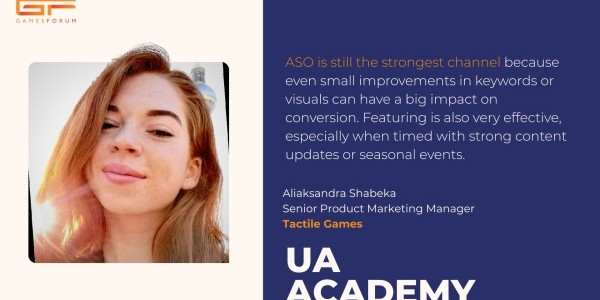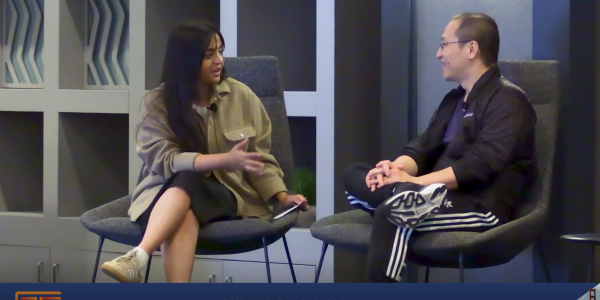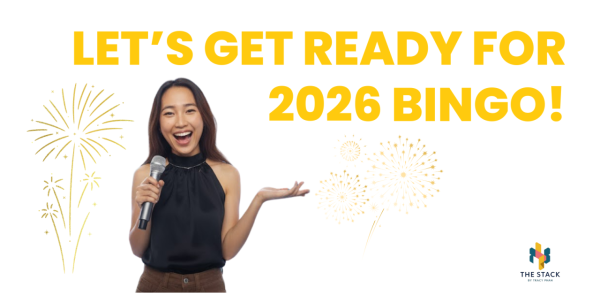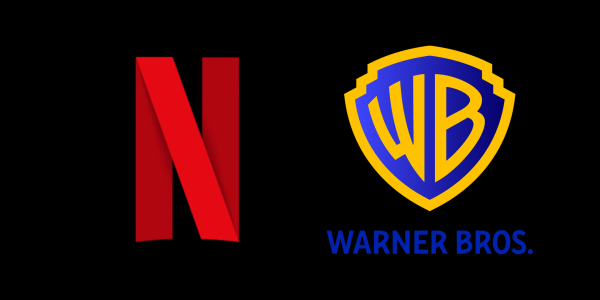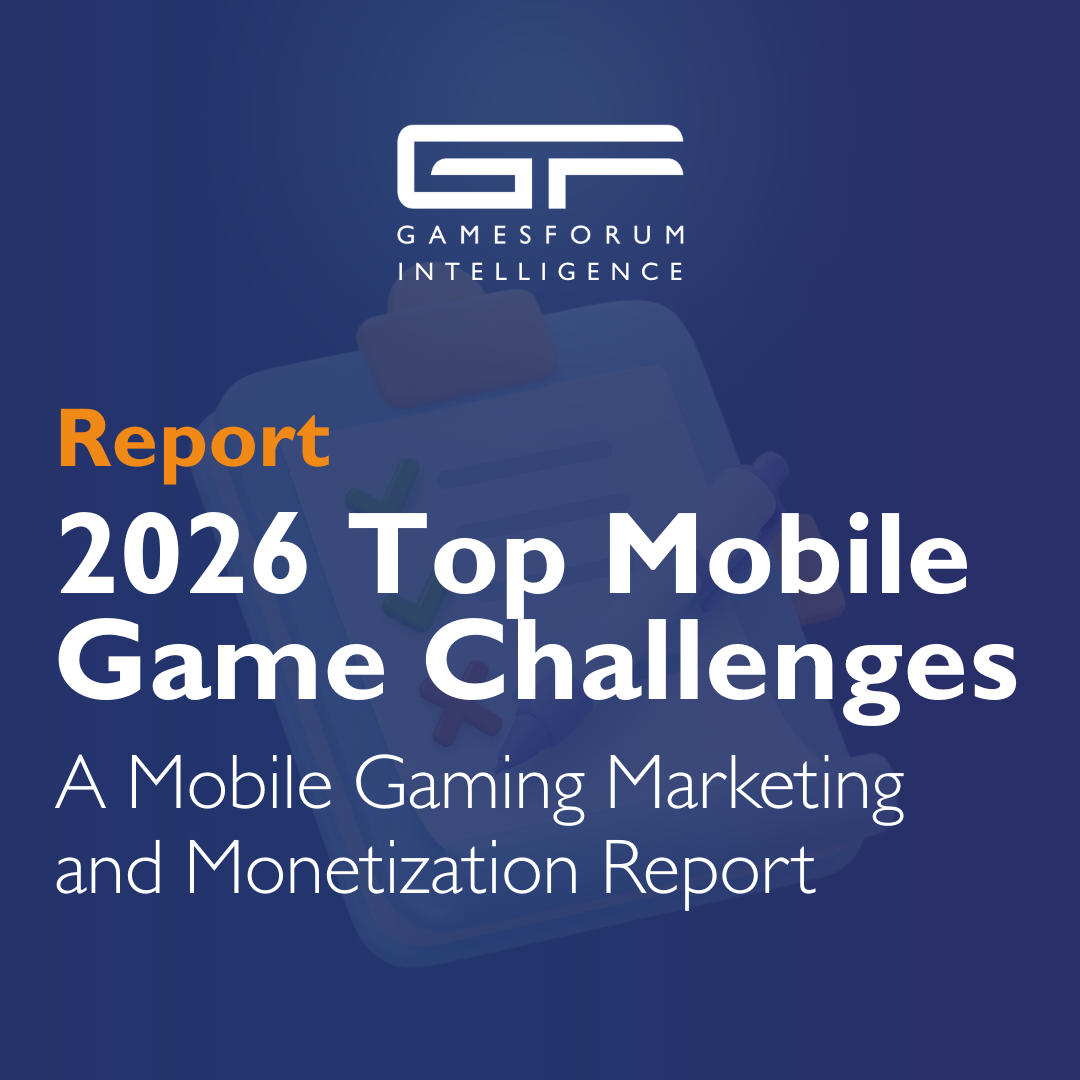MAX vs. LevelPlay: 9 Facts About The Mediation Space in 2025
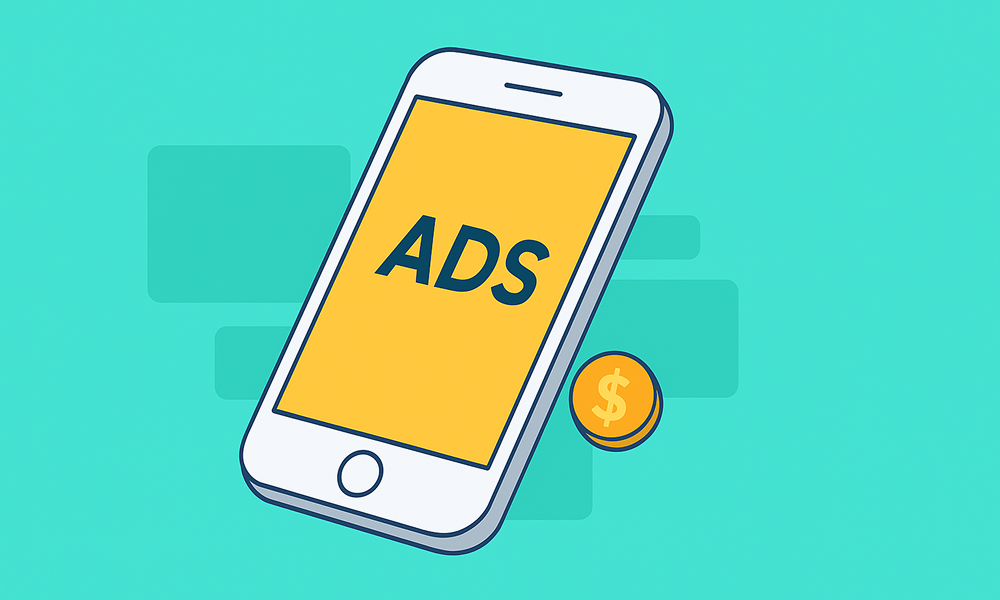

Back in March 2022, I wrote an article titled "RIP MoPub - MAX vs. ironSource is on," which tackled 10 key questions for publishers deciding between mediation platforms. At the time, MAX and LevelPlay (then ironSource) were neck and neck - each offering a solid, competitive product with unique strengths and weaknesses.
Fast forward to May 2025, and the mediation landscape has seen significant shifts. MAX now appears to be dominating the space, while LevelPlay - once a clear contender - seems to be falling behind. Conversations with peers, combined with industry chatter and online sentiment, all reinforce this impression.
But what’s the real story? Who truly holds the market today? How do the major mediation platforms measure up? And what does the future hold? Let’s dig into the facts.
Methodology
To gain a clearer picture of the current mediation landscape, we analyzed 368 unique games from 217 publishers. These titles were selected from:
- The top 200 grossing games, responsible for $3.5 billion of the $4.8 billion in total IAP revenue among the top 1,000 games.
- The top 200 most downloaded games, responsible for 1.1 billion of the 2.3 billion total downloads among the top 1,000 games.
(All figures are based on AppMagic data for March 2025.)
Here’s how the sample breaks down:
- From the top 200 downloaded games, 28 had no ads, and 1 was not accessible in our region, leaving 171 games for detailed analysis.
- From the top 200 grossing games, 132 didn’t include ads, and 8 weren’t accessible, leaving 60 games.
Ad presence was verified through the "Contains ads" label on Google Play, and for questionable cases, we manually downloaded the game to verify.
To determine which mediation platform each game used, we employed several methods:
- MAX’s Creative Debugger: Built into MAX unless disabled by publishers. Triggering this feature confirmed MAX usage.
- Four trusted industry sources (anonymous by request), with findings independently verified by GameBiz inspecting APKs and identifying mediation references in the code.
By combining these approaches, we assembled one of the most accurate mediation datasets publicly available, free from bias or speculation.
1. MAX Leads the Top Downloaded Chart
Out of 175 games (200 minus 28 with no ads, minus 1 unavailable, plus 4 using dual mediations), 128 used MAX. That’s 73.1%-a commanding majority.
Top Downloaded Games
2. MAX Dominates Top-Grossing Titles
Among the 60 ad-monetized top-grossing games, MAX is used in 33, representing 55% of the group. This puts MAX ahead of all other mediation platforms combined.
Top-Grossing Games
Interestingly, AdMob is outperforming expectations - especially in the top-downloaded list, where its share is more than twice that of LevelPlay.
These numbers are conservative estimates, as some games couldn’t be confidently attributed to a specific mediation platform.
3. Understanding the Trends
Although MAX leads both categories, its dominance is stronger in the top-downloaded segment. Why the discrepancy?
- The games in each list differ significantly. Only 32 games appear in both, and many of those lack ads.
- The top-downloaded list skews casual, often hyper-casual or hybrid-casual, while the top-grossing list leans heavily on IAP-driven titles.
- Among the 32 games present in both lists, only 11 had ads. Of those, 5 used MAX, and 3 used AdMob.
- The average age of top-downloaded games is 4.5 years. For top-grossing games, it's 6.4 years overall, or 7.4 years among those with mediation.
- Older games tend to draw more organic users and often rely on channels like Meta or influencer marketing. Newer, ad-heavy titles are more reliant on networks like Applovin, whose UA-mediation synergy heavily favors MAX. Notably, Applovin restricts ROAS campaigns to MAX users.
- Top-grossing developers may have adopted other mediation platforms years ago and haven’t prioritized switching to MAX.
- Moreover, developers focused on ad quality tend to avoid MAX, since mediation can heavily influence which networks win impressions and we know that not each networks are created equal (including their ad templates). Here’s why:
So, Applovin and Unity perform 4x better on their own mediation platforms. The stats presented are based on GameBiz Consulting client data.
4. Mediation Is No Longer Just an Ad Monetization Decision
That’s right - User Acquisition (UA) teams now heavily influence mediation choices. Because Applovin won’t run ROAS campaigns for non-MAX users, developers building ad-heavy games often default to MAX. If your competitors use Applovin UA, odds are they’re also on MAX.
5. What’s MAX Actually Like Beyond UA Power?
Despite its UA advantage, MAX’s mediation product hasn’t seen much love. Consider these points:
- No major dashboard improvements or new features.
- Multiple ad units and 5-second refresh were introduced, then quietly discouraged or restricted.
- Ad quality tools trail behind LevelPlay: insights for fewer networks, no churn rate, limited metrics.
- Essential metrics like fill rate and latency are (still) missing.
- Features have been deprecated without notice: direct deals, landscape creatives, COPPA support, etc.
- Data retention is limited (some reports disappear after 2–4 weeks).
- Bidding - only enforcement continues to ramp up - networks are forced into bidding regardless of performance.
- As of July 16, networks with SDK bidders must be used only in bidding mode, with few exceptions (e.g., HyprMX).
Meanwhile, Applovin’s network still isn’t available as a bidder on LevelPlay. And on AdMob, it underperforms and requires hybrid setups that MAX doesn’t allow on its own mediation
Dashboard-level ad quality controls remain limited. Blocking ads via the UI? Not possible.
6. How Are Other Mediations Doing?
Unity has made its mediation product more flexible and user-friendly, but its UA offering is weak compared to Applovin’s. This continues to erode their market share.
AdMob has traditionally lagged in metrics, UI, and network availability. But recently, they’ve begun closing the gap - offering more networks, better UI, and promising future updates.
7. What About Performance?
Mediation A/B tests and migrations are rare, so sample sizes are small. However, MAX often edges out others in raw monetization. That said, performance can vary widely across games - some perform better on LevelPlay or AdMob. Many developers wisely use different mediations across their game portfolios or even platforms or ad formats
8. Is the Mediation Market Competitive?
Let’s review:
- MAX: >50% market share
- MAX + LevelPlay + AdMob: >90% combined
That’s three companies - Applovin, Unity, and Google. While smaller players like FairBid, Appodeal, Loomit, and Chartboost (maybe not anymore?) still exist, their total market share is under 10%.
If you don’t use MAX, you lose access to a massive chunk of UA demand. For some developers, that’s not a dealbreaker - but for others, it is.
So, is this a competitive market? You decide.
Applovin earned its dominance through a great product, just not a mediation product. It’s all about UA now.
Applovin’s acquisitions (MAX, SafeDK, Adjust, MoPub) and failed Unity merger show their hunger for growth. According to a recent press release, Applovin is now exploring a potential acquisition of TikTok.
Unity, on the other hand, is gearing up with their new AI-driven UA platform, Unity Vector, which reportedly boosts installs and IAPs by 15–20%. Early testers include Voodoo. Could this help Unity reclaim ground?
9. What’s Next?
If the mobile game industry teaches us anything, it’s that change is constant. From microtransactions to AI, from ATT to CMP, the landscape is always shifting. New mediation challengers could emerge.
Loomit, for example, is introducing the concept of "mediation of mediations"- claiming to enable seamless switching or concurrent usage of multiple platforms. Promising? We’ll see.
AdMob also seems to be awakening. If they follow through on promised upgrades and integrate more tightly with their UA tools, they could become a real contender.
What do you think about these findings? Surprised by the results? Which mediation platform do you use - and why? We’d love to hear your thoughts!
This article was adapted from the GameBiz Consulting newsletter. If you're working in ad monetization or you're a mobile game developer looking to stay ahead of the latest trends and insights, be sure to subscribe for monthly updates - click here!


